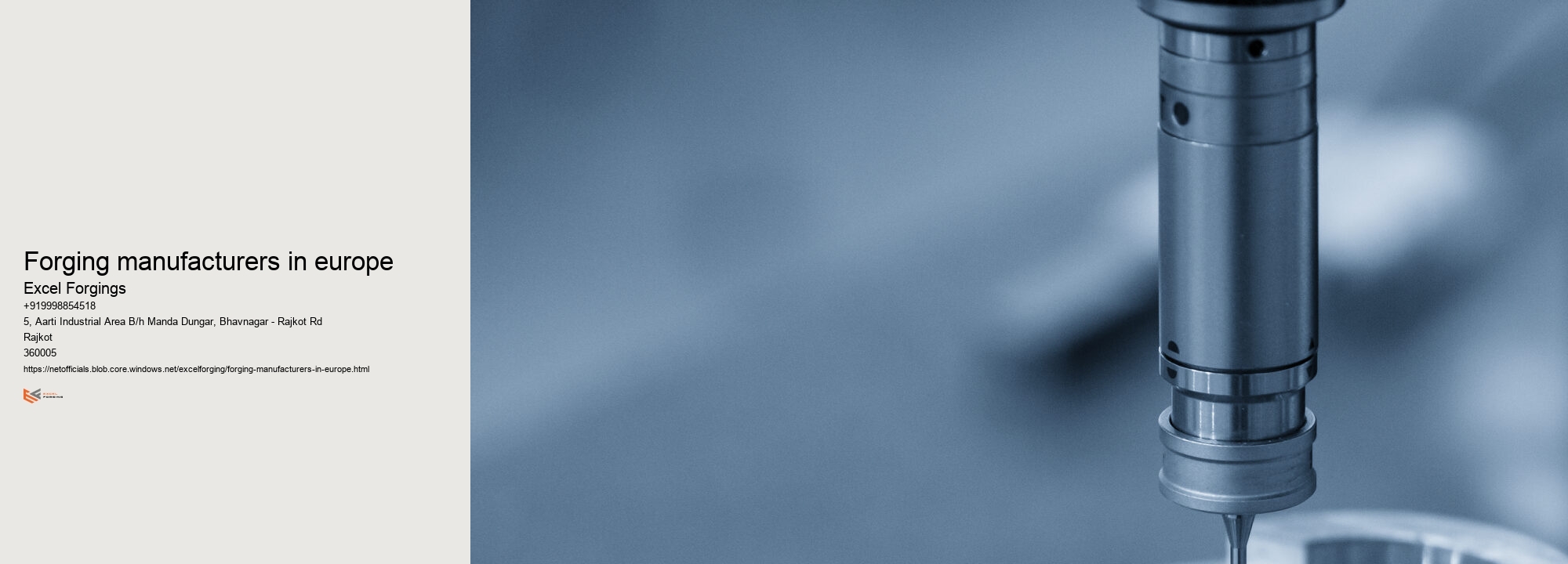


The forging process involves a number of steps in order to shape metal components. The steps include heating the metal, hammering it into the desired shape, and finishing it with grinding or polishing. Heating is done to soften the metal so that it can be formed into the required shape. This is followed by hammering, which shapes and strengthens the softened metal. After this, any final adjustments are made before grinding or polishing completes the process.
Common forging defects include cracking, laps, shrinkage porosity, lack of homogeneity in the metal structure, scale and slag inclusion, misruns and cold shuts. These defects can be caused by improper heating procedures or inadequate die design.
To prevent forging defects, it is important to control the temperature of the material and ensure there are no flaws or cracks in it prior to forging. It is also important to properly lubricate the metal and maintain correct pressure during the forging process. Additionally, using high-quality tools and a reliable heating source can help avoid forming defects, as well as maintaining accurate records of all production processes. Finally, regular inspection of parts for any surface cracks should be done before these parts are sent for further processing.